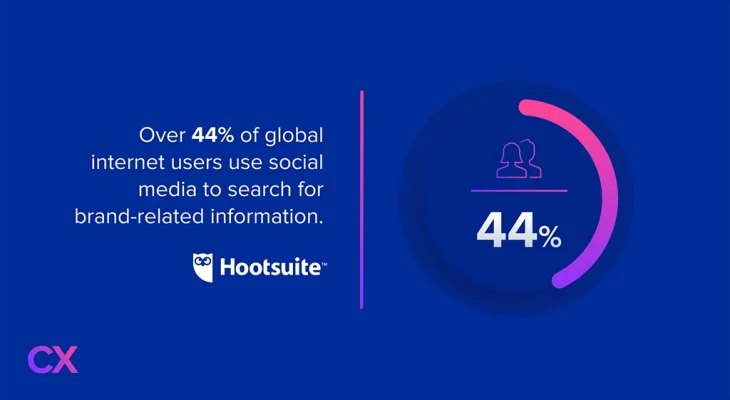In the last couple years, as retail continues to drastically shift from shopping at the mall to clicking “add to cart,” a phenomenon has become increasingly apparent: social commerce. There’s a high likelihood that the last time you complimented a friend on their shoes or clothes, their response was something along the lines of, “Thank you — I got them from Instagram!” Of course, this doesn’t mean that they’re rocking Instagram-branded apparel, but instead that they shopped while scrolling through their daily feed.
Simultaneously, a user can view an ad, learn more about a specific product, grow their brand affinity, and shop with just the click of a button. Though this shopping experience appears quick and seamless, there are so many steps in a user’s journey that guide them to hitting that “Shop Now” button. In order to make social commerce work harder and smarter for your brand, you must incorporate omnichannel marketing principles into your ecommerce strategy.
Here are Blueshift’s customer-approved tactics you can use to guarantee your brand’s social commerce success:



